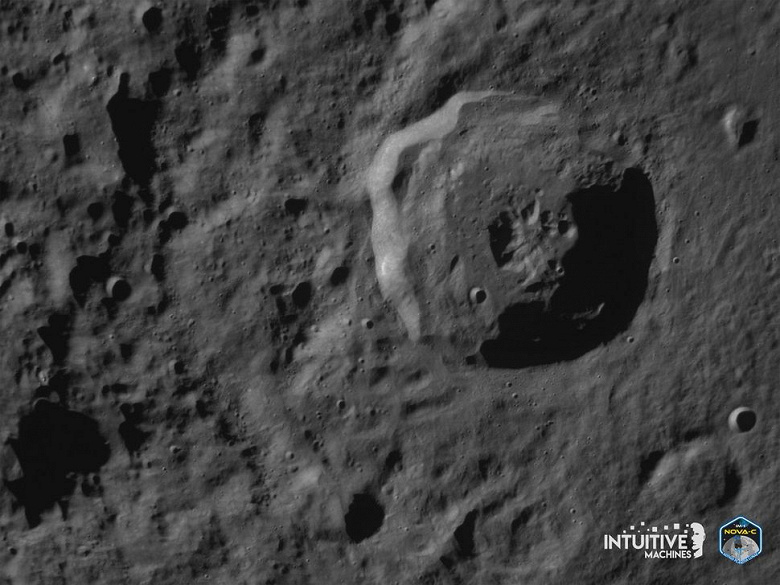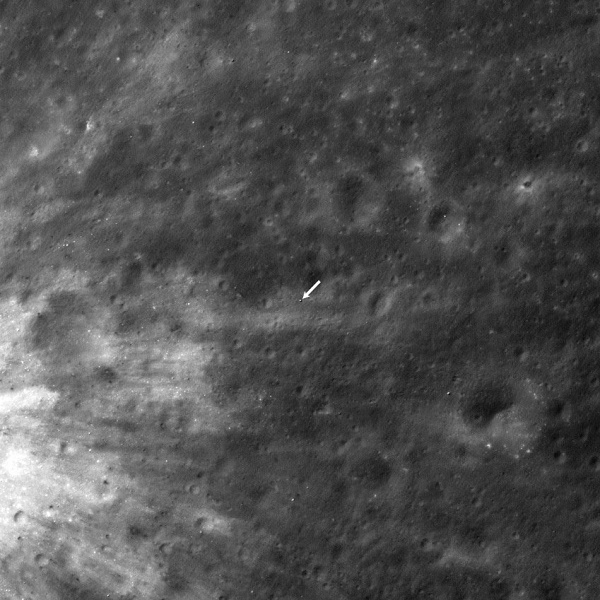Will the landers be able to withstand the harsh conditions of the lunar night?
Two small lunar probes on the Moon — Japanese and American — actively collect images and data. Both devices are powered only by solar panels and are not designed to survive the cold 14-day lunar nights. This week, the Japanese SLIM satellite successfully returned to work after overcoming all the difficulties of its first lunar night. Will he be able to do this again and will the American lander «Odyssey»awaken? of Intuitive Machines — Time will tell.
SLIM, a smart lander developed by the Japan Aerospace Exploration Agency (JAXA), landed upside down on January 19. It overcame technical difficulties and resumed operation after several days when the sun's angle changed, allowing the craft to begin its mission. SLIM successfully sent images and data, slept through the first lunar night, and woke up this week to transmit another image from the navigation camera.
Unfortunately, upon resuming operations this week, SLIM encountered a thermoregulation problem. Even though the navigation camera image was successfully acquired, the multi-band camera (MBC) was not functioning properly. Due to this, SLIM is located in the Shioli Crater, where the Sun set on March 1 at 3:00 am JST. The mission team plans to try to contact SLIM in late March, when solar panel lighting returns, but acknowledges that harsh temperature cycles increase the likelihood of failure.
The American lander Odyssey, owned by the private company Intuitive Machines, became the first commercial module to successfully perform a soft landing on the Moon. This achievement is part of NASA's Commercial Lunar Payload Services (CLPS) program, which enlists private companies to deliver payloads to the Moon. NASA purchases services to deliver payloads to the Moon from companies that design, build and own landers and provide launch services. The agency expects the companies to find additional private clients to close the business plan. In this case, «Odie» carries six payloads from NASA and another six from commercial customers.

Like SLIM, the lunar landings «Odyssey» did not go according to the original plan. But at a press conference on Wednesday, NASA and IM declared the mission a success. The company expected the solar cells to lose access to sunlight, but the lander was able to send back an image taken the day it reached the Moon, February 22.
At the moment, how these lunar probes will cope with the challenges of the lunar night remains an open question. Neither the batteries nor the electronics of the devices are designed to operate in extreme temperatures, which reach -250°C on the Moon. Unlike Soviet, American and Chinese devices that used radioisotope energy sources, new types of devices are more affordable, but also less resistant to extreme conditions.
Thus, despite the problems that arose during the missions, both devices were able to collect important data and images, which is a great success for the start of lunar programs. These missions became the basis for further research and development in the lunar exploration program. Scientists and engineers continue to strive to overcome challenges and achieve ambitious goals on the Moon.

